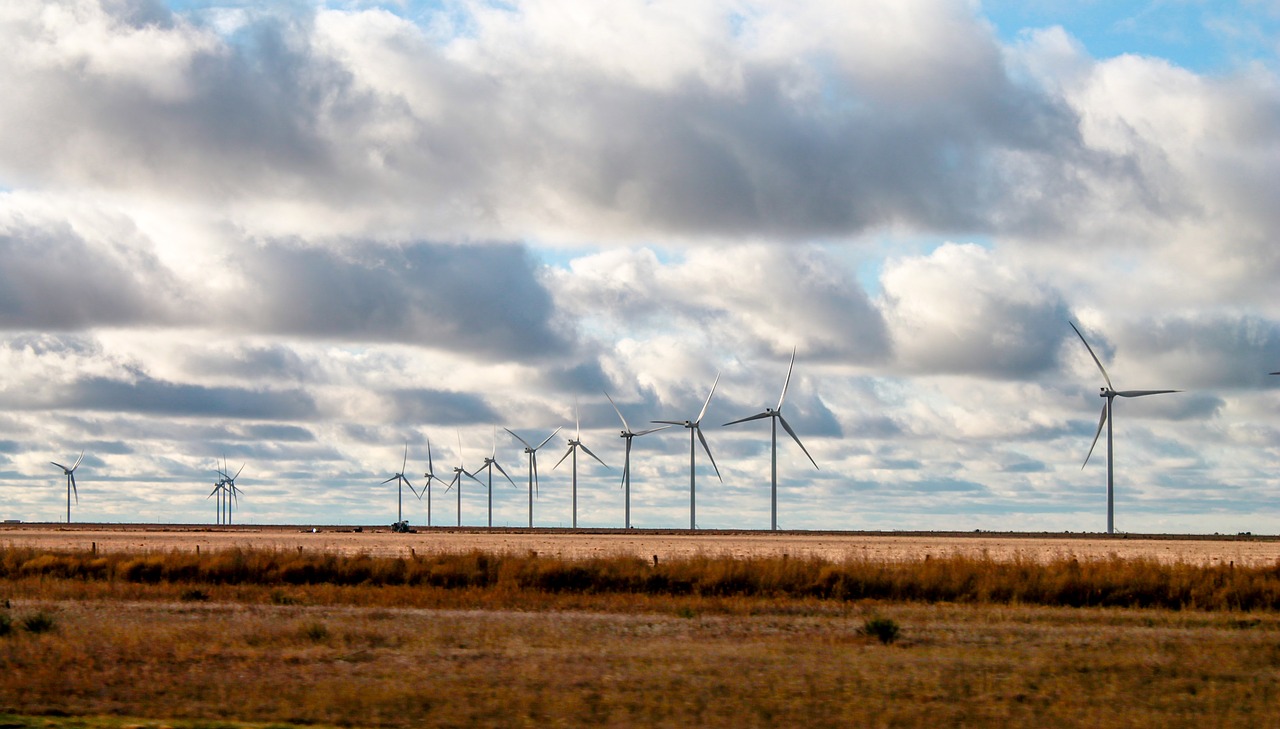Texas Mineral Rights Ownership – Types of Minerals in Texas
With international tensions rising, crypto-currencies gaining popularity and new technologies quickly displacing old ones, market volatility may scare off more than a few investors. At times like this, commodities gain a greater following, since their stability is directly strengthened by the unpredictability of stocks and bonds. What you might not know, however, is that valuable earthly assets could lay beneath their feet in the form of subterranean mineral deposits. The state of Texas alone harbors large depositions of needed minerals. These are most common ones aside from oil and gas minerals:
1. Basalt

You can mostly find mineral in rural Texas
Basalt is a volcanic rock ranging in hue from charcoal to pitch black. While it is often found beneath the ocean floor, it is also plentiful in West Texas. This rock has a variety of uses, including:
- Cobblestone walkways
- Railroad ballast
- Road pavement
- Landscape boulders
Basalt is formed by the rapid decrease in pressure on the earth’s mantle. Igneous material like peridotite then rises through fissures in the tectonic plates, melting into basalt. In these deposits can be found bauxite or aluminum. Sold on world markets, aluminum production is decreasing in the U.S., which is increasing its import of the metal.
2. Copper
Geological deposits holding copper often also contain gold, silver, zinc, and lead. Many of these depositions are porphyry copper deposits, and they come from cooled molten rock. When the rock was completely cooled and solidified, it cracked, allowing the copper fluid to occupy the fissures and cracks. There the copper, too, solidified. Copper exists in myriad electrical appliance due to its excellent conductivity:
- Motors
- Generators
- Air conditioners
- Televisions
- Automobile components
In Texas, copper is mined in the San Pecos area, north central Texas and the Llano region. Its average price around the world rose slightly in 2016.
3. Iron Ore
Iron ore is available in several counties and regions of Texas. From steel beams and frames for construction to automotive chassis to paper clips to kitchen utensils, iron is a ubiquitous substance in daily life. Iron ore develops in sedimentary rock containing two iron oxides: hematite and magnetite. These two compounds result from the oxygen emitted from plant life bonding with dissolved iron in the water, creating iron band formations on the ocean floor. Over millions of years, tectonic movement and plate shifts deposited the ore beneath the land. While iron ore is abundant, extracting the iron itself is time-consuming and costly. Nevertheless, its prices are steadily low because of its abundant supply.

4. Zinc
Those looking for zinc look no farther than the Apache Mountains in Cublerson County and the Quitman Mountains in Hudspeth County. Presidio County is also famous for these depositions, which are small but numerous. Like many metals, zinc occurs when liquid rises from the mantle and cools in igneous crevices, forming veins. The fourth among metals in global production, zinc is found in an array of industrial, recreational and healthcare products.

